E-commerce Growth
The rapid growth of e-commerce is reshaping the Hinged Lid Tin Market. As online shopping becomes more prevalent, the demand for durable and attractive packaging solutions has intensified. Hinged lid tins are favored for their robustness and ability to protect products during transit, making them ideal for e-commerce applications. Recent statistics indicate that e-commerce sales have increased by over 20% annually, driving the need for effective packaging solutions that can withstand shipping challenges. Furthermore, brands are recognizing the importance of packaging in enhancing the unboxing experience for consumers, leading to a greater emphasis on design and functionality. This trend is likely to continue, positioning the Hinged Lid Tin Market favorably as it adapts to the evolving landscape of online retail.
Regulatory Compliance
Regulatory compliance is an essential driver in the Hinged Lid Tin Market. As governments worldwide implement stricter packaging regulations, manufacturers are compelled to adapt their products to meet these standards. This includes ensuring that materials used in hinged lid tins are safe for food contact and comply with health regulations. The industry has seen a marked increase in investments towards compliance measures, with companies allocating approximately 15% of their budgets to meet regulatory requirements. Additionally, adherence to these regulations not only mitigates legal risks but also enhances brand reputation among consumers who prioritize safety and quality. Consequently, regulatory compliance is a critical factor influencing the operational strategies within the Hinged Lid Tin Market.
Versatile Applications
The versatility of hinged lid tins is a significant driver in the Hinged Lid Tin Market. These tins are utilized across various sectors, including food, cosmetics, and pharmaceuticals, due to their ability to preserve product integrity and extend shelf life. The food industry, in particular, has witnessed a surge in the use of hinged lid tins for packaging snacks, confectionery, and specialty foods. Market analysis suggests that the food segment accounts for nearly 50% of the total demand for hinged lid tins. Additionally, the pharmaceutical sector is increasingly adopting these tins for packaging supplements and medications, as they provide a secure and tamper-proof solution. This broad applicability across diverse industries enhances the growth potential of the Hinged Lid Tin Market, as manufacturers can cater to a wide range of consumer needs.
Sustainability Initiatives
The Hinged Lid Tin Market is increasingly influenced by sustainability initiatives. As consumers become more environmentally conscious, there is a growing demand for packaging solutions that minimize ecological impact. Hinged lid tins, often made from recyclable materials, align with this trend. The industry has seen a notable increase in the adoption of eco-friendly practices, with a reported 30% rise in the use of recycled tin in production processes. This shift not only caters to consumer preferences but also helps companies comply with stringent environmental regulations. Furthermore, brands that prioritize sustainability in their packaging are likely to enhance their market position, as consumers are willing to pay a premium for environmentally responsible products. Thus, sustainability initiatives are a key driver in the Hinged Lid Tin Market.
Customization and Aesthetics
Customization and aesthetics play a pivotal role in the Hinged Lid Tin Market. As brands strive to differentiate themselves, the demand for personalized packaging solutions has surged. Companies are increasingly investing in unique designs, colors, and finishes to attract consumers. This trend is particularly evident in sectors such as cosmetics and gourmet foods, where packaging serves as a critical marketing tool. Recent data indicates that approximately 40% of consumers are influenced by packaging design when making purchasing decisions. The Hinged Lid Tin Market is responding to this demand by offering customizable options, allowing brands to create visually appealing products that resonate with their target audience. This focus on aesthetics not only enhances brand identity but also contributes to increased sales, making customization a significant driver in the industry.



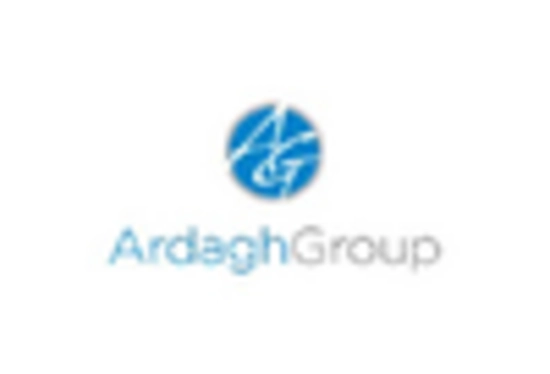
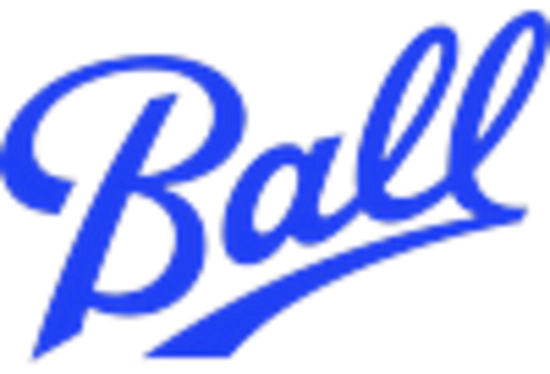
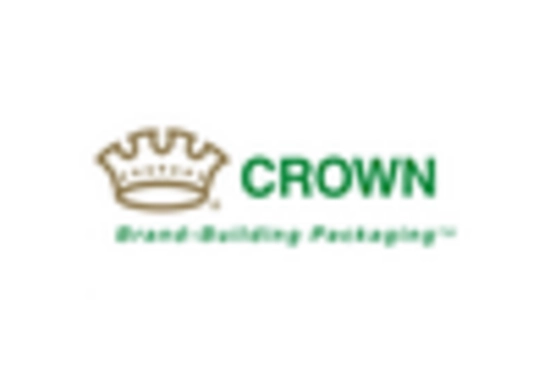
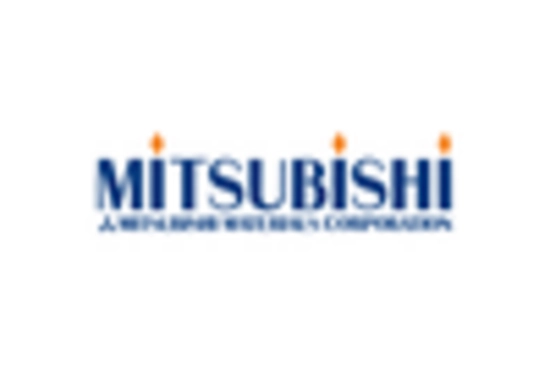
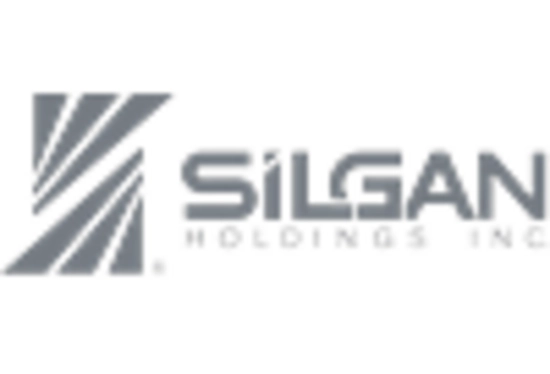









Leave a Comment